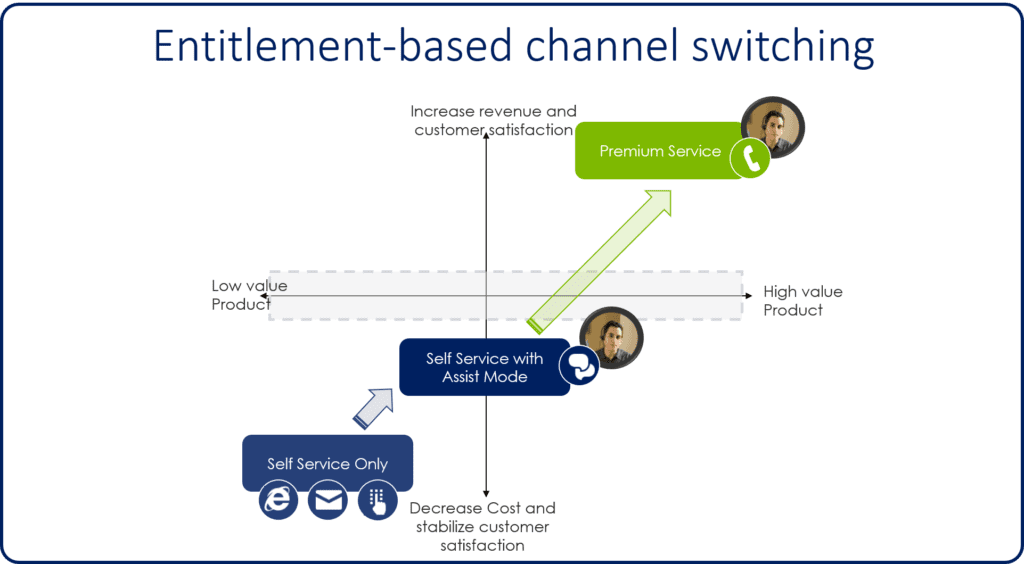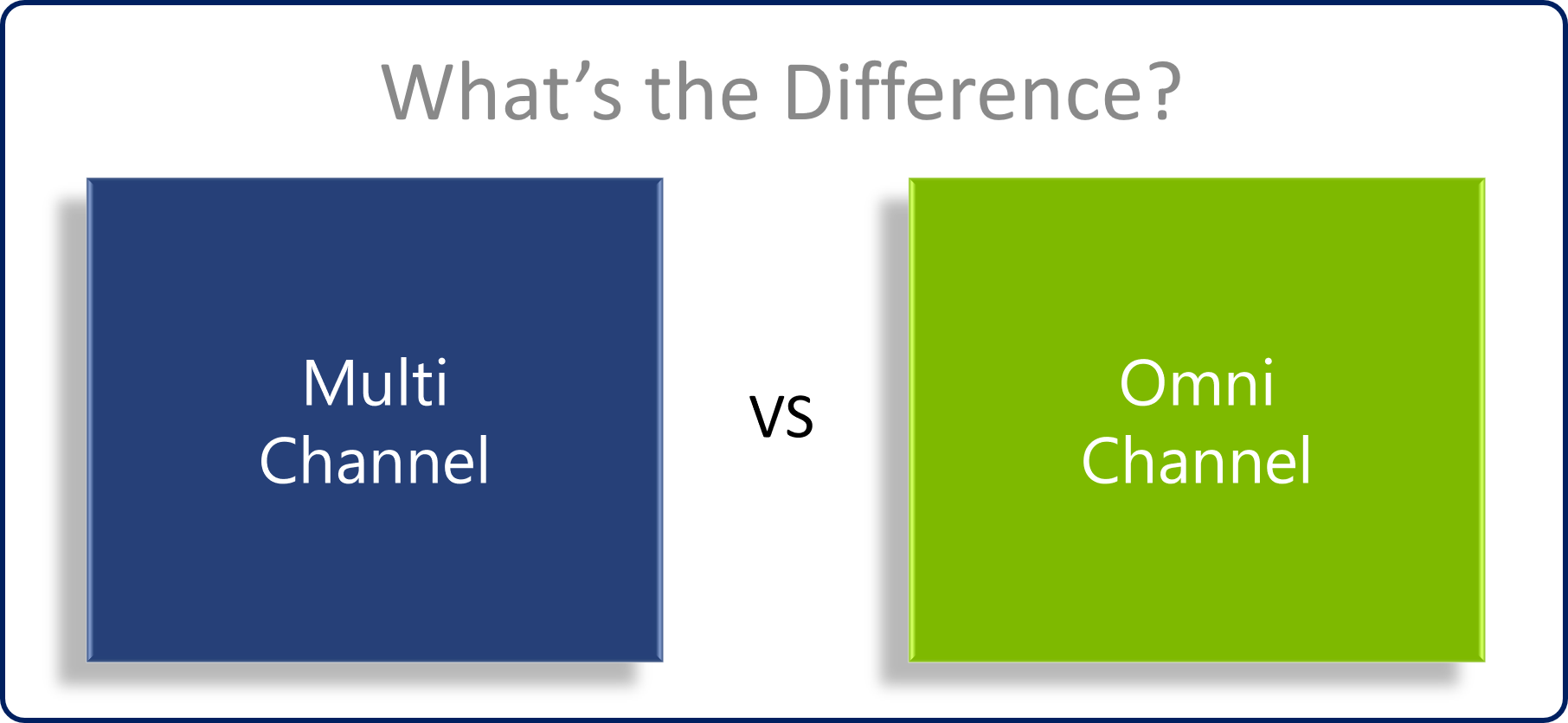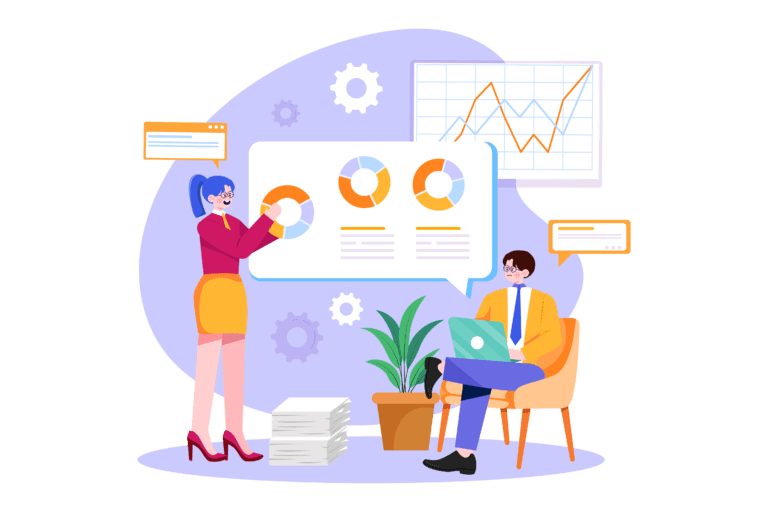These days, support organizations offer their customer service in more ways to initiate contact and request support. When organizations take advantage of multiple channels to support their sales, marketing, or service strategies, the solutions that they offer are referred to as multi-channel or omni-channel solutions. Although these solution types are often mentioned together, they’re different. Dynamics 365 customer service empowers organizations to deliver the right channels to support their sales through proper entitlement channels.
Multi-channel: A multi-channel solution offers two or more channel experiences to customers. Data isn’t necessarily shared across channels, and the experience isn’t consistent. For example, a customer starts a support request via chat but is then transferred to an agent. The customer then has to provide all his or her information again.
Omni-channel: An omni-channel solution offers two or more channel experiences to customers, and the customer experience is consistent across channels. The context of the case and customer is used to streamline the experience across apps. For example, a customer starts on a self-service portal but then starts a chat conversation. All the pages that the customer has opened are available to the agent.
By providing multi-channel or omni-channel solutions to your customer, you help guarantee that each customer can interact with your organization by using the option that’s best for him or her. When you provide multi-channel or omni-channel solutions, you must also consider the effect on the organization. Although it’s important to make sure that customers have a consistent experience when they work with the different channels, it’s also important to remember that each channel is different.
For example, an agent who takes a phone call from a customer can work only on that case at that moment. But agents who support customers who are using chat channels can handle multiple cases at the same time. Therefore, those channels help improve efficiency and reduce costs.
By designing omni-channel solutions, you can control the channels that customers use and direct specific types of requests to different channels. As customers engage with a specific channel, they’re offered escalation options that start moving them through different channels.

In this example, a customer starts with a self-service option like a portal. He or she is then escalated to a chat with either an agent or a bot. Finally, the customer is routed to a live agent on the phone.
Working with entitlement channels
Microsoft Dynamics 365 lets you specify which channels a customer can use to submit cases against an entitlement. Why is that important? Although more and more customers are embracing different support channels, like chat, email, and social media, many customers still want to get support through more personal channels, like a phone call. But customers who prefer phone calls are likely to occupy more of an agent’s time. Therefore, agents who provide support over the phone service fewer customers.
You can define the channels that are available for specific entitlements. Therefore, you can limit the number of cases that a customer can open over the phone. You can even create phone-only support contracts that have higher costs associated with them.
When you create entitlements, you can define the specific channels that are available to open cases against that entitlement. You can also define the maximum number of cases that can be opened through a specific channel. Out of the box, the channels that are available for entitlements are the same channels that are listed in the Origin field when a new case is created: Phone, Email, Web, Facebook, and Twitter.
Global iTS is leading Microsoft Dynamics 365 ERP and CRM Partner with offices all over GCC (Bahrain, Saudi Arabia KSA, Oman “Muscat”, UAE “Dubai”, and Kuwait), with domain expertise in Financial Services Sector Digital Transformation like” Retail Banking, Commercial Banking, Insurance Providers, Private Equity, and Investment Banking.





